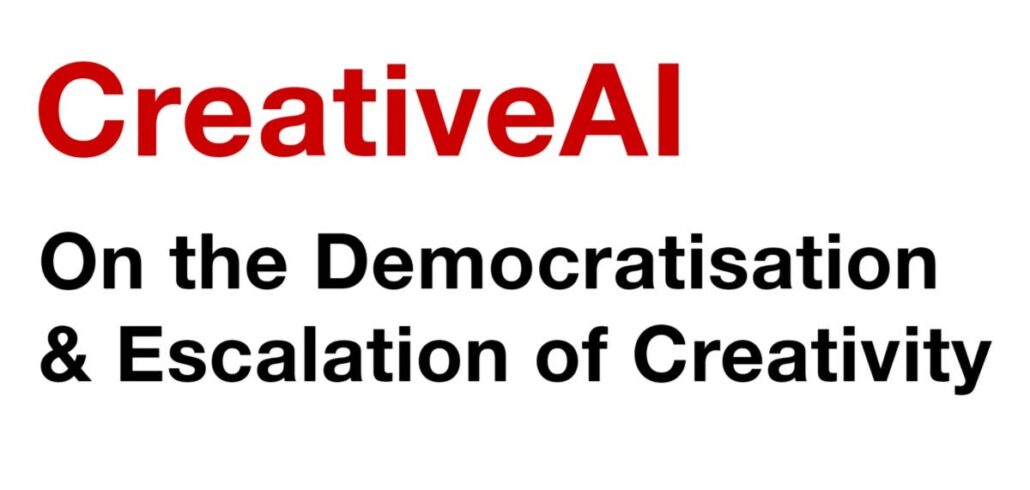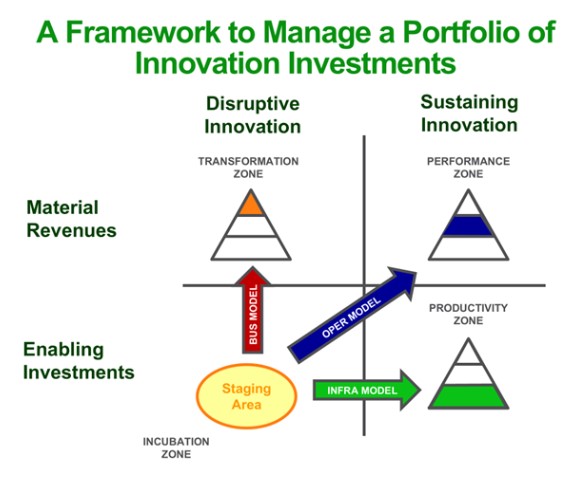
May 27, 2025
In the digital world,
AI is driving the democratization of innovation

Is your company treating AI as a source of new business value creation?
- AI could potentially add $13 trillion to global economic activity by 2030, representing a 16% increase in cumulative GDP, according to Prysmian.
- Generative AI is projected to add $2.6 to $4.4 trillion in value annually across industries, according to McKinsey.
- AI is expected to boost productivity, leading to significant cost savings and efficiency gains.
- AI can enable businesses to create new products, services, and business models, opening up entirely new revenue streams.
- AI is democratizing innovation and expanding the number of employees who can directly contribute to new business value creation.
According to Accenture’s Technology Vision 2025 report:
- 50% of executives surveyed believe AI agents will enhance organizational flexibility and innovation.
- 75% say these agents will reinvent how digital systems are built.
The recent emergence of GenAI and Agentic AI as both a productivity tool and a source of new innovations has put a premium on how senior leaders prioritize their investments between more efficient business operations and increased business value.
According to the AI Priorities Study from CIO.com, over 66% of companies have focused their AI investments on employee productivity while less than 40% are using it to expand revenue opportunities.
The scope and speed to market of new AI technologies presents an existential threat to any company that can’t adopt and deploy them as new sources of business value creation.
Unlocking the business value creation potential of AI

In my early work with companies that are wrestling with this challenge, we have used the 4 Zones Model framework above to identify multiple business value creation needs and opportunities across different business units and operational functions.
In the Productivity Zone we focused on how AI can:
- Automate routine tasks like call center interactions and supply chain optimization
- Deliver faster cybersecurity breach detention and better vulnerability monitoring
- Reduce the time employees spend on low value work and increase time on high value work
In the Performance Zone we focused on how AI can:
- Personalize customer experiences
- Increase data utilization
- Provide more accurate lead generation
In the Incubation Zone we focused on how AI can:
- Automate product development & testing
- Increase speed to market & time to value
- Deliver higher product & service differentiation
In the Transformation Zone we focused on how AI can:
- Provide faster more accurate M&A due diligence
- Deliver a faster and more complete new market assessment
- Assess the business risks from new market disruptors
In each of these assessments by zone, we looked to find the right balance between operational efficiencies and new business value creation opportunities.
How successful is your company at leveraging innovation as a source of business value creation?

According to Harvard Business Review, researchers estimate that 70-90% of innovation projects fail. This includes new product innovations and business innovations that aim to change an existing market. And despite new organization structures, internal incubators, big data, and even artificial intelligence, there is no evidence those numbers are improving.
According to one Gartner report, a staggering 85% of AI projects fail. Several factors contribute to this high failure rate, including poor data quality, lack of relevant data, and insufficient understanding of AI’s capabilities and requirements.
Myriad new disruptive digital technology innovations have raised the leadership bar for success. Companies can no longer pay lip service to innovation as an addendum to their business growth strategy if they want to compete as viable digital enterprises.
Cultivating and developing these leadership qualities and leveraging them to deliver market leading value creation and customer experiences is very hard work. It requires an open-minded, forward-thinking approach to new ways of doing things, combined with an ability to make innovation part of an organization’s cultural DNA.
It also includes the recognition that there are different types of innovation and they need to be treated very differently.
All innovations are not created equal
In his book Escape Velocity – Free Your Company’s Future From The Pull Of The Past, my brother Geoffrey Moore put forth a three-part strategic innovation framework that is designed to significantly increase the ROI on innovation investments. At the core of this framework are three distinct innovation playbooks, as shown on the chart below, that require different management approaches to get the desired ROI.

The other distinction to draw between the three innovation playbooks is that differentiation is the primary source of new business value creation.
Here are the key diagnostic questions that clarify the mandates and outcomes for the three different innovation playbooks:
Differentiation Innovations: Have we differentiated our offer enough to gain real competitive separation? Have we created a truly unmatchable offer that will deliver measurable new business value?
Neutralization Innovations: Have we neutralized offers with enhanced features from our reference competitors in a timely manner? Have we gotten to “good enough” fast enough?
Optimization Innovations: Have we optimized our opportunities for gains in trapped value recovery and redeployment? Have we reclaimed unproductive budgets & resources and redeployed them against new business value creation opportunities?
Successfully leveraging innovation as a strategic resource requires strong leadership and a steadfast commitment to building and funding your organization’s commitment to business value creation.
A strategic framework to manage innovation for maximum business value creation

The hard truth for most companies is that well over 70% of their new product and business innovation investments generate little or no ROI. While there are numerous reasons given for this lack of success, I think it stems from not having a business innovation framework that distinguishes between different types of innovations and the outcomes they are designed to deliver as shown on the chart above.
Each innovation initiative is first segmented using the following questions:
- Is it a Sustaining or Disruptive innovation?
- Is it enabling systems productivity and cost optimization? – Productivity Zone
- Is it increasing business unit performance and revenue growth? – Performance Zone
- Is it enabling a business model transformation? – Transformation Zone
In addition, instead of using resource capacity and budgeting constraints to make prioritization decisions, we deploy the following three questions:
- Should we do it? Does it align with and support critical business value outcomes?
- Can we do it? Do we have the relevant skills, capabilities, and tools to achieve the desired outcome?
- Did we do it? Do we have the right metrics to measure the achieved outcome vs. the desired outcome?
This new approach moves innovation project prioritization decisions from a budget exercise to a business value creation exercise.
Companies that do not identify and recognize the business value displacement power of new disruptive digital technologies are at a distinct competitive disadvantage. Those that do see the power of this transformative shift can take full advantage of it by strategically prioritizing business value creation innovation initiatives.
|



